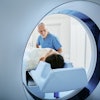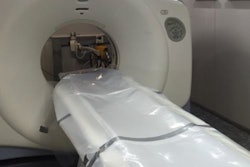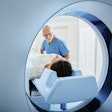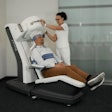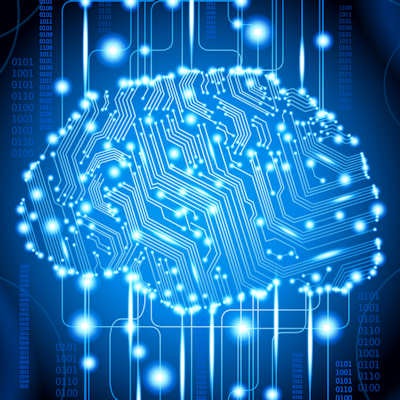
Much has already been debated over the effect of artificial intelligence (AI) for radiology, and now we start to see the first products enter the market. Most discussion has targeted the role of "holy grail," automated differential diagnosis (or CAD), prompting a mix of skepticism, division, and uncertainty from the radiologist community. Yet when we dig into the investment and development being made in AI for radiology, it becomes clear that AI will not replace radiologists, but enable them.
Efficiency
There is no getting away from it, radiologist physician numbers are dwindling and scan volumes rising, driving focus on efficiency. Digital technology has helped speed the imaging process, but this has not been enough to counter the ramp in demand and the complexity of imaging studies. Furthermore, complicated protocol management and changing structured reporting are putting radiologists under even greater pressure.
 Current maturity of image analysis solutions; AI is already penetrating CADe and quantitative tools;
Current maturity of image analysis solutions; AI is already penetrating CADe and quantitative tools;decision support tools just entering the market, while CADx remains some way from being implemented. Source: Signify Research 2017.
This is where AI can help. Work is already underway utilizing AI to improve the back-end workflow issues that slow radiologist reading and reporting. It will over time "individualize" the working platform for each radiologist, by learning and continuing to learn from how they work. This means soon imaging software will allow automatic, customized hanging protocols, smart reporting preferences, prior study recall, and tool selection, based on the unique working practices of each individual user. Radiologists will be more autonomous, with fewer "clicks" and far fewer workflow headaches.
What's more, with systems based on deep-learning algorithms (rather than manually writing algorithms), vendors can make improvements and upgrades more quickly. Sound like science fiction? It will happen sooner than you think. Our recent research with an extensive field of medical imaging AI companies predicts that close to one-third of image analysis software will be built on deep-learning algorithms by 2021.
Evidence
 Stephen Holloway is a principal analyst and the company director at Signify Research.
Stephen Holloway is a principal analyst and the company director at Signify Research.Quantification tools have been part of imaging IT software for some time, from coronary calcium scoring to lung density analysis. In offering quantification of imaging biomarkers, more accurate measurement of disease characteristics can be made. However, often these tools are manual, a time-consuming and inaccurate process. What's more, the development of the algorithms supporting these tools is manual.
By using deep learning, the process can increasingly be automated, while the development of algorithms can be developed faster. The accuracy of this development process has yet to be tested in large-scale clinical trials compared with today's manual solutions admittedly, but the range of quantitative tools in development is rapidly increasing. Therefore, expect to see a growing number of more automated, more accurate quantitative imaging tools coming to the market in the next five years.
Excellence
Quality of diagnosis is a continuing challenge for the modern radiology professional. While pains are taken to safeguard against adverse reporting, the volume of images to be read and limited radiologist capacity makes upholding quality standards a challenge. Due to digitalization of health information over the last two decades, a raft of new clinical evidence is now available to the reading radiologist. However, there can be far too much information to review, leaving this potentially critical information unused. Here is where AI can again aid the radiologist: decision-support tools.
These advanced machine learning tools can source, collate, and pool all relevant clinical information together, in combination with quantitative imaging markers, to offer a more complete diagnostic picture to the reader. Furthermore, these systems will also be able to quickly pool evidence from similarly presenting past studies and outcome data, thereby providing guidance on likely outcomes of each diagnostic scenario based on prior outcome reporting. It is still early in market adoption for decision-support tools, but some products are already approved for use in very specific study types, while a multitude of others are in development.
Of course, there are many barriers to overcome for widespread AI adoption in radiology. How to regulate continually learning systems? What are the legal and ethical implications? How will AI systems access patient data that is disparate and unstructured?
Despite these, the signs are clear that AI will have a transformative role in radiology. But rather than replacing the radiologist, it's more likely AI will be an enabler to more efficient, quality, and evidence-based diagnosis. And sooner than you'd think.
Originally published in ECR Today on 4 March 2017.
Copyright © 2017 European Society of Radiology

